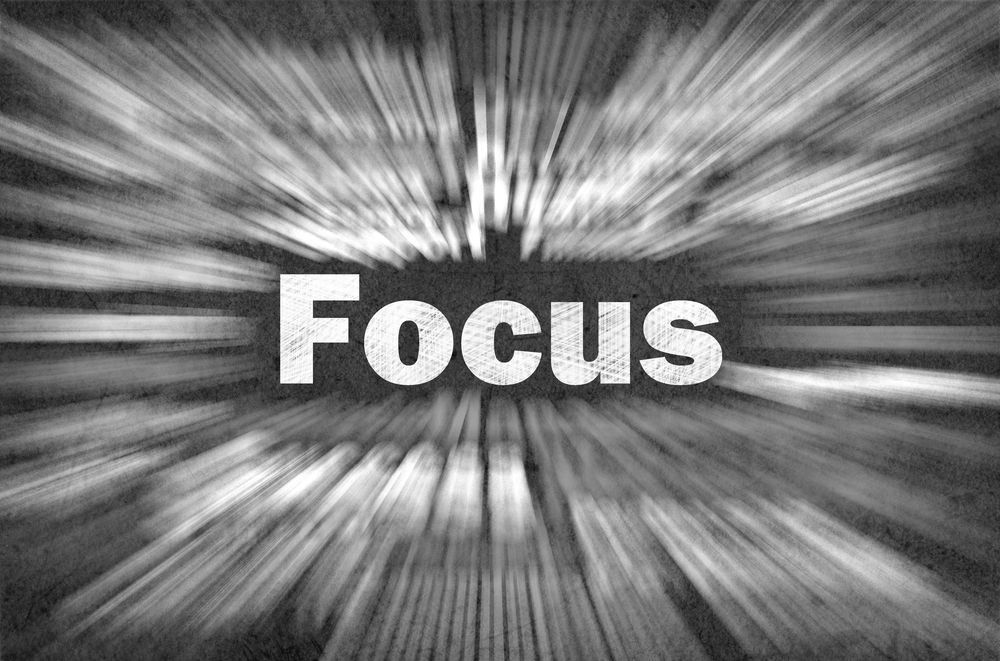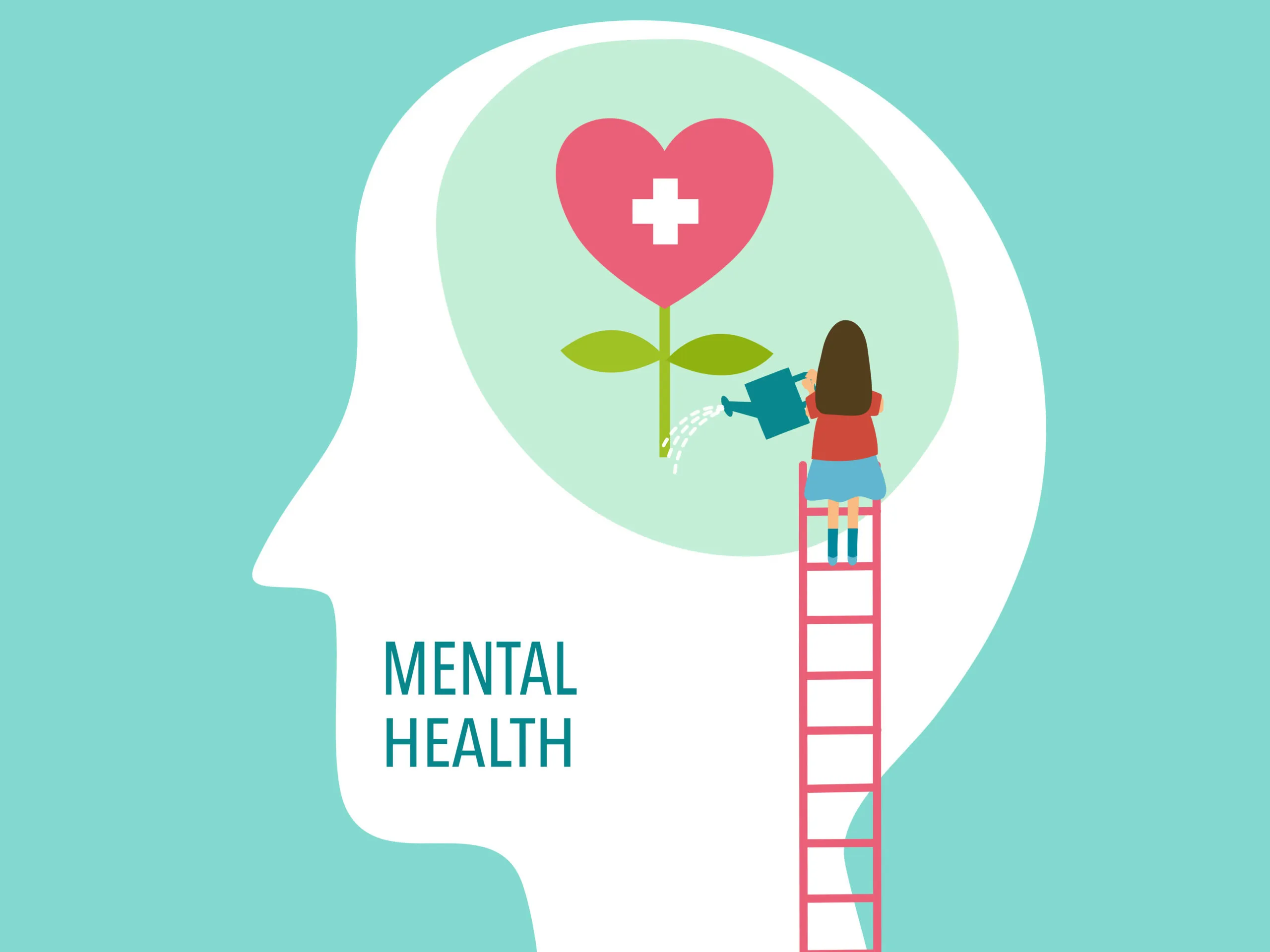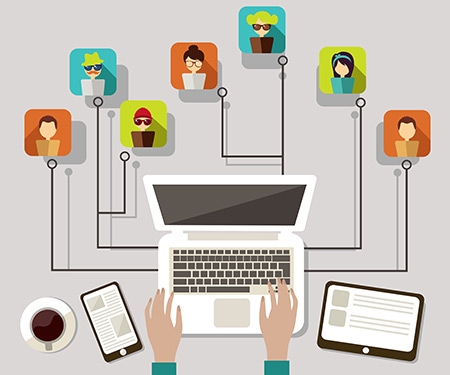
By Carli Uys
Industrial Psychologist (PS 0151149) Head of Design, Research and Development (MCom Industrial Psychology and MCom Communication studies)
As the year is progressing at a fast pace, we continuously focus only on the present and possibly the past, and we forget how important it is to look at the future. When you think about the future it allows you to build a connection with what you are doing in the present, and how it will impact your future. You should view your future as your “why”. Why you are doing what you are doing, why is it important to you now, and why will what you are doing now matter in the future.
To be able to determine your why, ask yourself the following questions:
- Why is it that you do what you do?
- What thrills you about your current role?
- What does a great day look like?
- What does success look like?
- How do you want to feel about the impact you are making in the world?
- Why do you want to make an impact in the world?
- What do you dislike about your current situation?
- What else can you do that will make you happy?
- What type of future do you want?
- What does a bad day look like?
- What does failure look like?
- How does failure make you feel?
When you are future focused, you have an ingrained bias towards taking various actions as the future becomes more evident. It is not at all about knowing what is coming, it is about what you can create. Build the future that you want, and stop trying to predict it.
According to Kevin Eikenberry you need to focus on the following:
- Know your purpose: By knowing your purpose you know what you stand for and what you want to achieve in the future. You never have to look back, all you need to do is continuously strive to achieve your future goals.
- Set future goals: Your goals should align with your purpose, support your purpose, and push you forward towards your purpose/vision.\
- Flex to support your purpose: Continuously adjust and tweak your goals to support your purpose as the world keeps changing and new hurdles will come your way.
- Filter the decisions you make: When you make a decision, always consider your desired future state as this will impact the outcome of your desired future.
- Act daily on achieving your desired future: Even if you just take a small step towards your desired future, it is a step closer. Some days you won’t be able to take big leaps towards your desired future, so it is important to always do something to be able to achieve your desired future.
When you focus on these various aspects you can always be hopeful (optimistic) about your future. You have something to strive for, to live for and something you truly want to achieve. Being hopeful is very beneficial for you in the long run, and especially now as the world keeps changing at a rapid pace. Focusing on achieving your desired future also helps you to keep pushing through various struggles you face, as there is an end goal that you want to achieve. This also contributes to relieving stress that you are currently feeling, as you realise that everything you are doing now pushes you towards your desired future.
These aspects are also very important when you are a leader. A future focused leader is someone who possesses a unique set of qualities, enabling them to lead their teams and the organisation with a vision that continuously embraces innovation, adaptability and resilience. Future-focused leaders understand the importance of being Emotionally Intelligent. They understand how important it is to show empathy, to listen actively, to be aware of how their emotions impact the team, and the importance of building strong effective relationships with their teams.
Future focused leadership is also about being committed to the success of the organisation and taking actions that are best for the organisation and are based in sound judgement and values. When you are a future focused leader, you focus on the future of the employees of the organisation and the organisation itself.
Future focused leaders, according to Roffey Park, focus on the following:
- Being committed to the development and connections between employees, and generating an environment where shared leadership is the main goal. Shared leadership will help organisation to become more innovative, more adaptable and evolve as the world is changing.
- Creating a workplace that is beneficial for all involved, the planet, communities and its performance. Without employees, an organisation cannot survive, by focusing on its people it can have a ripple effect on the rest.
- Create an environment that is collaborative, and break down any barriers that might prevent it. By creating a more collaborative work environment, employees can be more creative and innovative and generate better possibilities to solve or overcome challenges.
- Create a diverse and inclusive organisational culture. Diversity equals sustainability.
- Establish leadership as a practice. Future focused leaders understand that leadership is not just a once of thing, it is a continuous practice of actions based on intelligent judgements, core beliefs and values.
- Understanding their organisational system with others. This allows them to create a space to make sense of complex and uncertain environments. This then guides them to understand what is possible and how they can lead with confidence.
When you become a future focused leader, you will be seen as a guiding star, illuminating the road to unrivalled success. Continuously accept and encourage innovation, adaptability and focus on the long-term goals. Take your team with you on this journey, keep them in the loop, and help them see your future vision so they can also become the illuminating guiding star.



















